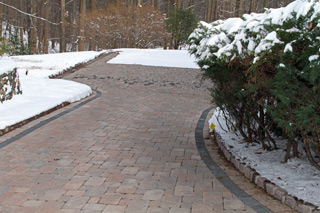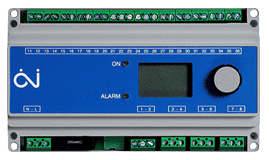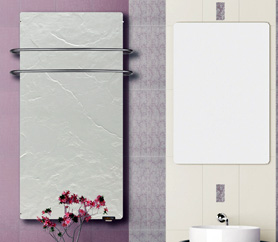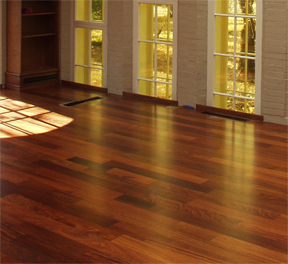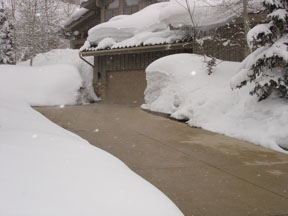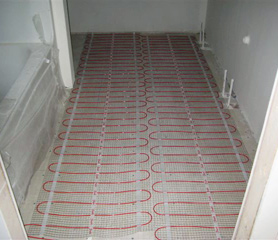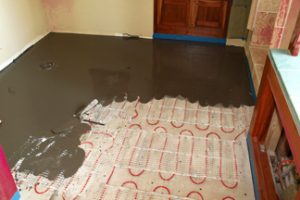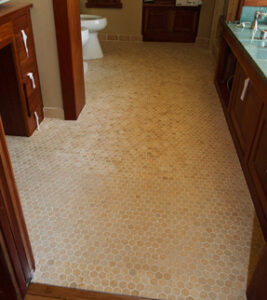Radiant heat is thought by many to be a fairly new technology that is just now beginning to take hold in Northern America. While radiant heat was initially more widely used in Europe, it is rapidly being adopted by businesses and homeowners throughout the U.S. and Canada. But did you know that radiant heat technology was actually being used as early as 10,000 B.C. in China?
The ancient Chinese drafted smoke from fires through stone covered trenches in the floors of their subterranean dwellings. The hot smoke heated the floor stones, radiating warmth into their living spaces. Evidence of radiant heated floors based on this principle were found throughout China and Korea. Radiant floor heating was also utilized by the Greeks and Romans as early as 500 B.C.
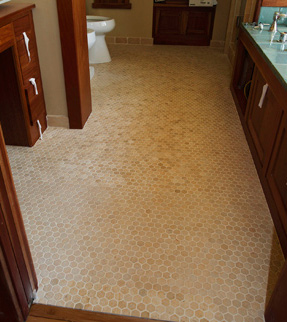
Radiant heating systems have evolved considerably since then, and consequently are becoming more commonplace. Some of the benefits of radiant heat include:
Efficiency: Radiant heat is a remarkably efficient form of heating. Compared to furnaces and other methods of heating, radiant heat requires significantly less operating time to maintain the desired warmth, keeping your costs to a minimum. High efficiency boilers (for hydronic systems) or electric radiant floor heating systems make radiant heat one of your most efficient ways to heat your home. Coupled with a well insulated home, radiant heating systems can quickly warm your home, and each room can be operated independently, further adding to the efficiency of the system.
Luxurious Comfort: Similar to the rays of the sun, radiant heat warms objects rather than air to create a more even heat throughout your home. Starting with the floor, objects are warmed giving your home a more inviting feeling as your furniture and other fixtures lose their chill.
Custom Design: Radiant heat systems can be easily customized to suit your specific needs. From small floor heating projects to large snow melting applications, radiant heating systems can be designed to heat just about any shape, space or surface type.
Clean, Quite Operation: Radiant floor heating systems inherently offer a superior living environment compared to conventional forced air. Since there are no furnaces or blowers, the system operates silently and dust and allergens are not blown through the air, keeping your home cleaner and more peaceful. For those who are especially susceptible to allergies or respiratory ailments, radiant heat has proven to offer significant health benefits.
To learn more about the benefits of radiant heat, contact a Warmzone representative and see what options are best for you. Call 888.488.9276 today.
Submit your project information and receive a FREE radiant heat quote.
Radiant Heat – A Wise Investment
Installing a Radiant Snow Melting System
A cost-effective investment and smart way to add value to your home is by installing a heated driveway (radiant snow melting system). Once installed, an affordable radiant heated driveway provides low operation costs in the long run, helping you lower your bottom line on home expenses. A heated driveway with an area of 300 square feet operates for under 50-cents per continuous hour of operation. Snow melting generally only takes a few hours to clear your driveway when a storm hits.
Driveway heating is an investment that has demonstrated and visible results. Not only does it allow you some free time with your family – not to mention saving your back from shoveling duties – but it is a proven way to protect the life of grass and surrounding vegetation by eliminating the use of salt and harsh snow melting chemicals. It also extends the life of your driveway by defending it from chemicals and other traditional abrasive snow removal methods.
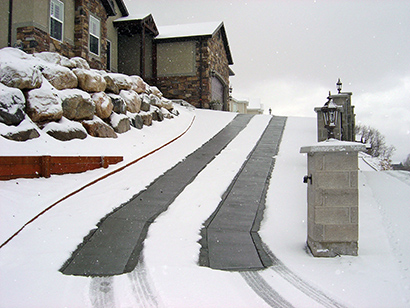
Radiant snow melting systems are fully automated so you can stay inside where it’s warm and enjoy your coffee or hot chocolate as you watch the snow melt as it hits your driveway. An automatic snow sensor signals the snowmelt system’s controller when precipitation is detected and temperatures are below 39° Fahrenheit. The controller then sends power to the embedded heat cable, rapidly warming the driveway and keeping it clear of snow and ice. The system shuts off automatically after the storm. Electric radiant snow melting systems have an extremely fast response time, operate silently, and are maintenance free – and there are several options to choose from when considering a radiant snow melting system. There’s really no better, or easier way to keep your driveway clear of snow and ice during the winter than with a radiant heated snow melting system.
The peace of mind that comes with making a smart purchase is invaluable right now. We are all looking for ways to ride out this recession and worrisome economic climate, but you can still enjoy some of the finer things in life, and invest wisely in products that will benefit you for years to come.

